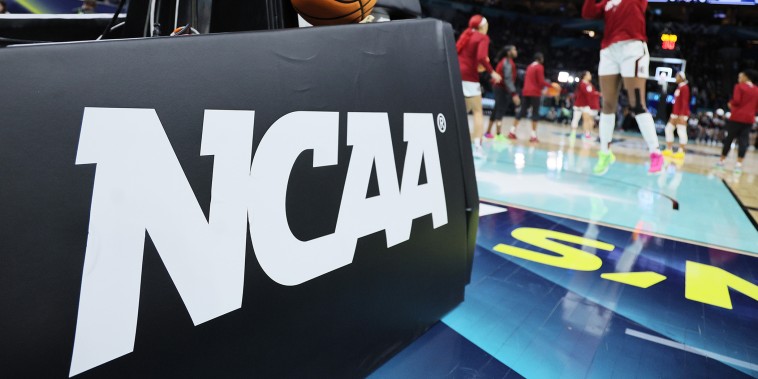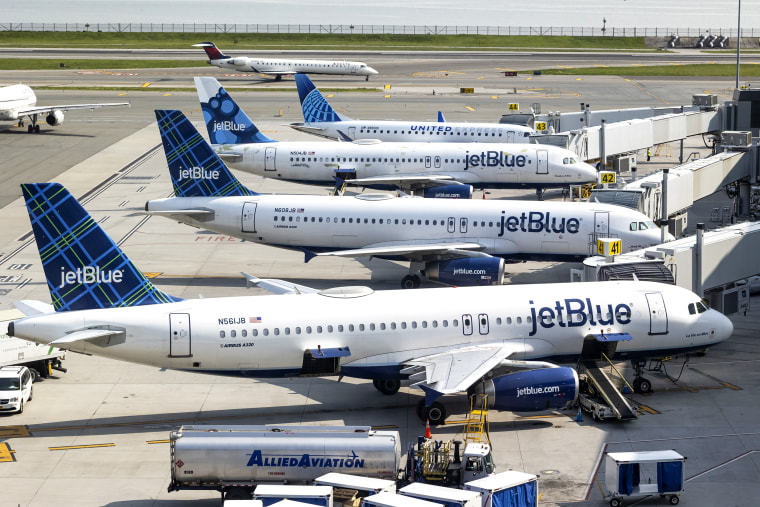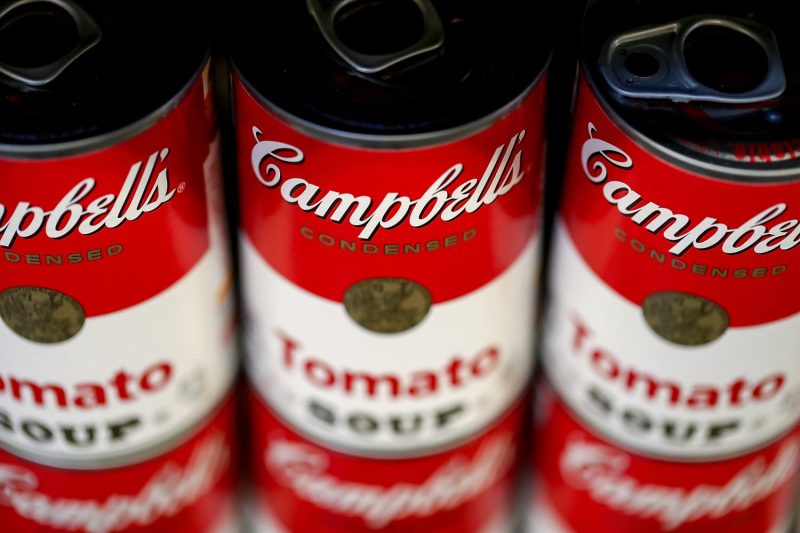
Will schools finally pay student-athletes? What a historic settlement means for the NCAA and players
Could college athletes really start getting paid directly by their schools, ending decades of acrimony over the issue?
The NCAA, along with the five largest college athletic conferences, announced Thursday an agreement to settle three antitrust suits brought by college athletes over having been deprived of financial gain by only receiving scholarships in exchange for their play.
Here’s how it all could work.
If approved by a California judge, the NCAA would pay out more than $2.7 billion in damages over the course of 10 years to current and former athletes that now form the so-called class of plaintiffs represented in the suit.
That group consists of 14,000 players who were enrolled as student-athletes from 2016 to 2020.
The settlement would also institute a 10-year revenue-sharing plan that would guarantee active players, collectively, up to 22% of their schools’ share of media broadcast and ticket sales. Reported estimates suggest that would initially equal more than $20 million a year per school in most instances — but that figure could increase as more lucrative TV deals are signed.
If approved, this plan would start in the fall of 2025.
Yahoo Sports first reported details of the potential settlement agreement.
Long a source of debate in American society, the issue of whether college athletes should be paid has started coming to a head in recent years. In 2021, athletes earned the right to profit from their own name, image and likeness (NIL), potentially turning some amateur players into overnight multimillionaires.
Colorado quarterback Shedeur Sanders, for instance, the son of NFL Hall of Famer and current Buffaloes head coach Deion Sanders, has NIL deals in place valued at $4.6 million, according to the NIL tracking site On3.
Before entering the WNBA, Caitlin Clark had NIL deals in place worth $3.1 million, according to On3 data.
For the top athletes, NIL deals likely will remain in some form — giving players the opportunity to earn additional money on top of the payments they’d be getting from schools.
‘Right now we are in a golden age for those players,’ said Darren Heitner, an attorney who specializes in sports law.
But it will be left to schools to divvy up exactly which players receive what amount of money — and there are concerns that the financial burden from the settlement agreement could actually hurt the budgets of less lucrative college athletic programs.
Paul Haagen, a law professor at Duke University, said the result could mean schools cutting programs outright that are already regularly losing money.
‘There’s going to be greater intensification and commercialization,’ Haagen said. ‘And the sports that can’t be commercialized will find it harder and harder to compete.’
The landmark 2021 NIL decision did not stop the threat of suits aimed at seeking further financial relief for players — claims the NCAA and its schools say have led them to the brink of a financial calamity.
“The settlement, though undesirable in many respects and promising only temporary stability, is necessary to avoid what would be the bankruptcy of college athletics,” Notre Dame President John I. Jenkins said in a statement Thursday.
The proposed settlement is thus a stop-gap effort to limit the damages the NCAA and its schools are staring down from lawsuits charging them with illicitly depriving athletes from financial gain, Heitner said.
‘They seemed to be losing case after case, so the exposure was there,’ he said.
Another complicating factor is Title IX — the federal statute that dictates amateur female athletes are entitled to the same rights as their male counterparts.
The NCAA has argued Title IX applies only to ‘opportunities’ and not things of monetary value.
With the new settlement in place, that argument could become the subject of further litigation, Heitner said.
‘If plaintiffs, and plaintiffs lawyers, believe there are credible claims that schools are not in compliance with Title IX, we could see schools start being sued,’ he said.
The latest settlement will thus not still stop ongoing legal uncertainty for college athletics, he said.
But it does start the ball rolling for college athletes to start seeing direct payments for the first time.


